
ExpatGo will be bringing you a regular series of features on the unsung heroes of Malaysia’s countryside and rural towns in our series called ‘A place in Malaysia you’ve probably never heard of‘. This time, it’s a small town in Sarawak called Bau.
The people that live there
There are over 40 sub-ethnic groups in Sarawak and three main linguistic groups: Biatah, Singai-Jagoi, and Bukar and Sadong. In the Bau region located about 40 minutes from Kuching, the major sub-ethnic group are the Singai-Jagoi Bidayuhs. Bidayuh, which translates to ‘people of the land’, were formerly known as the Land Dayaks and they make up the second largest native ethnic group in Sarawak after the Ibans.
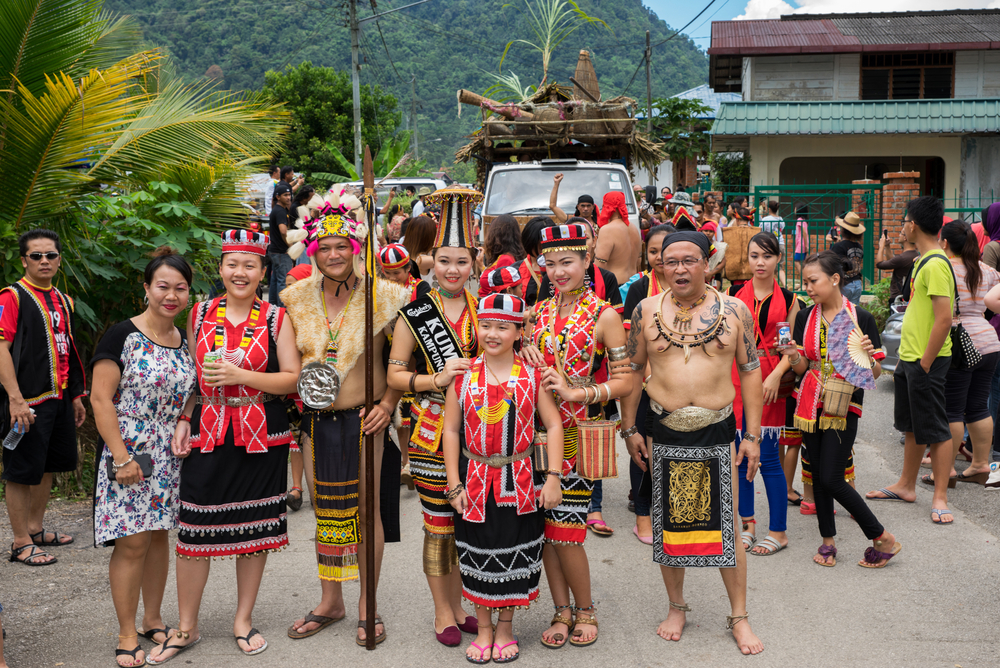
Tribes in the Bau region are believe to have come from West Kalimantan some 700 years ago. In particular, the Jagoi-Bratak people chose to settle on top of Mount Bratak where they felt it was safe, and that actually held true for quite some time as the settlement was well fortified and flourished.
Tribal conflict
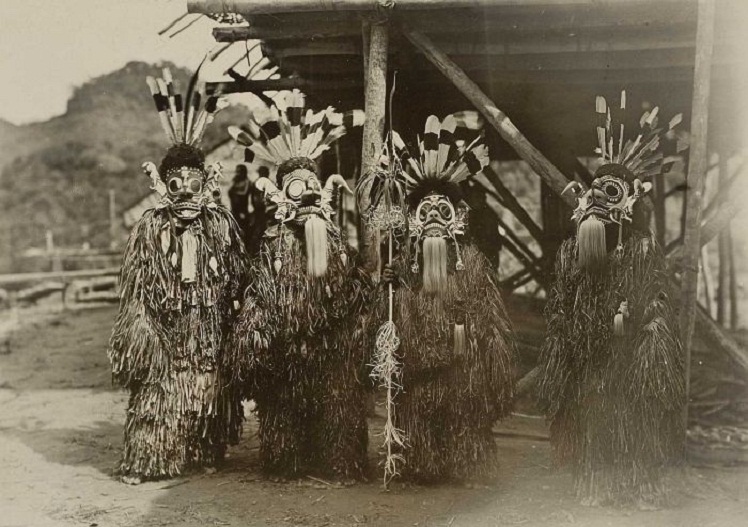
But in 1837, a rival tribe known as the Skrang Ibans invaded the Bratak tribe settlement atop Bung Bratak. Many men were killed while women and children were abducted. After that, many moved down the hill and formed different villages around Bau.
A memorial was erected atop Bung Bratak in 1988 to commemorate this tragedy and Bidayuhs from all over the region hike up this mountain on 1st May each year as a sign of respect for their ancestors. Today, May 1st is known as Bung Bratak Day.
The gold miners’ rebellion and the birth of the town
Gold mining was a huge industry in Sarawak, especially in this area and Chinese labourers were brought into work on the mines. One day, there was a rebellion by irate and persecuted gold miners against the White Rajah.
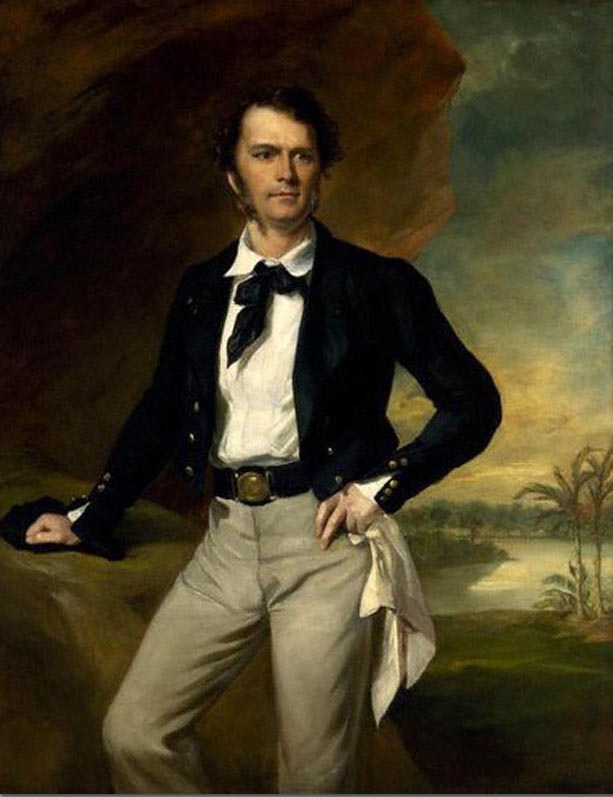
The story goes that in 1857 as the rebellion raged on, the White Rajah’s forces pursued the rebels who ended up retreating into a cave.
The soldiers lit a huge fire at the entrance of the cave to flush the rebels out but instead this resulted in the rebels suffocating to death and being engulfed in flames.
The cave is now widely known as the Ghost Cave, and the area became known as ‘Bau’ – which means ‘smelly’ in English – because of the rather unpleasant smell that would come from such a tragic event.
An alternative story is that the Bidayuh in the region started to trade with the Chinese gold miners and some even settled around the mines, calling this the New Village, or Kupua Baauh.
Non-Biyaduhs found it difficult to pronounce Baauh (like ‘bow’ as in ‘take a bow’) and the name ended up becoming Bau. However, in Bahasa Melayu, bau is still officially pronounced as ba-u but Bau, the town, is more accurately pronounced as bow. This is a less gruesome, if somewhat confusing, story for the origin of the name of this small town.
What is there to do in Bau?
East Malaysia is home to many of the country’s natural wonders and Bau may be small, but it has plenty to offer anyone willing to explore its colourful heritage and terrain.
Try rock climbing at the Fairy Cave
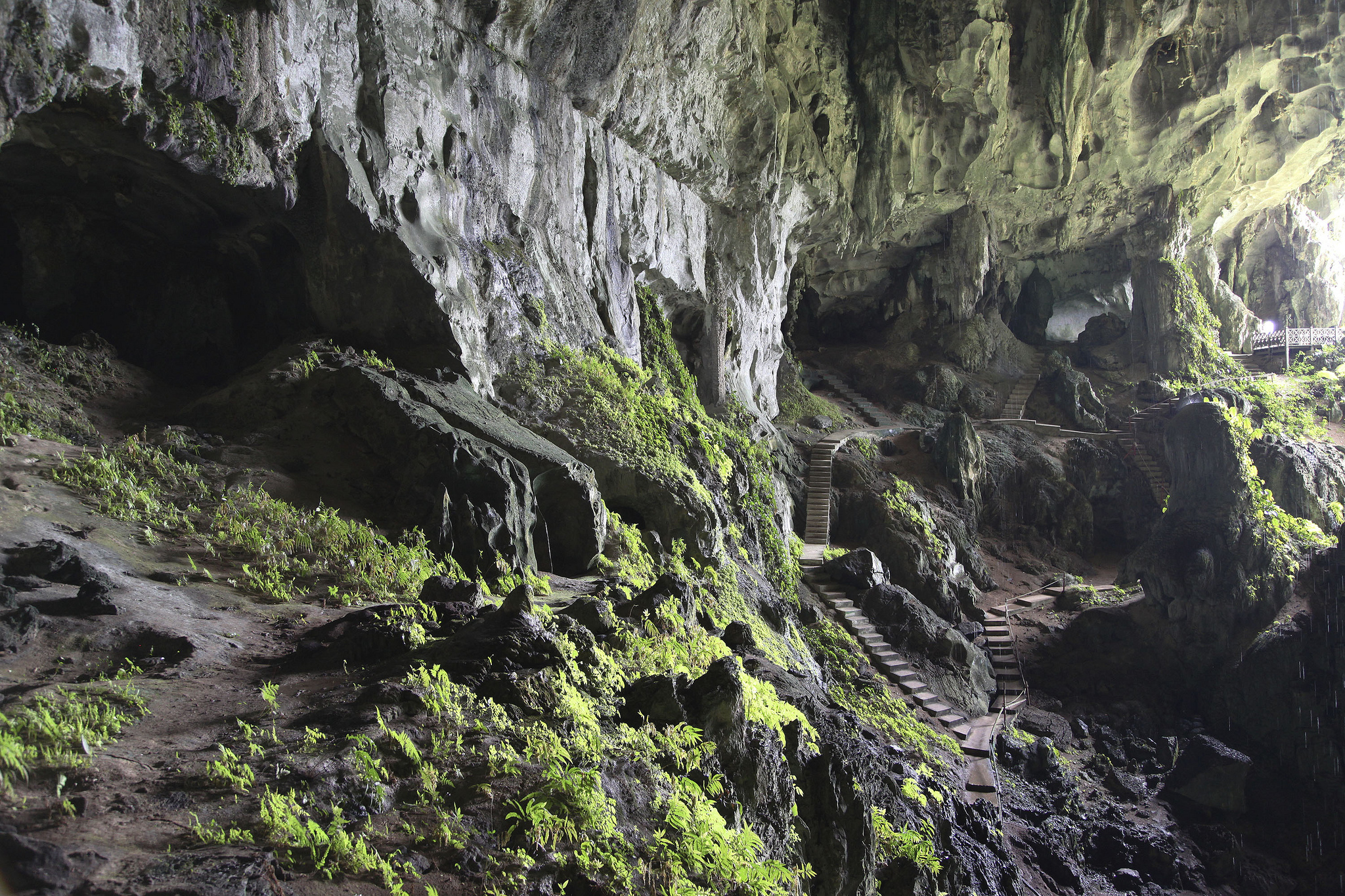
Located about six kilometres away from the centre of Bau, this cave has eight separate walls for climbing with varying levels of difficulty. The climbing walls have hangars and bolts that are certified by the International Mountaineering and Climbing Federation (IMCF) and has become popular a destination for avid rock climbers. Beginners or first time Fairy Cave scalers can start with the Batman Start and then move on to more difficult climbs.
If you’re not into scaling rocky walls, you can explore the cave itself as there are marked walkways that go through it. Again, some trails are easier than others, with the more challenging one requiring specialised spelunking equipment and knowledge. So, first timers are encouraged to stay on easier paths.
Explore the Wind Cave Nature Reserve
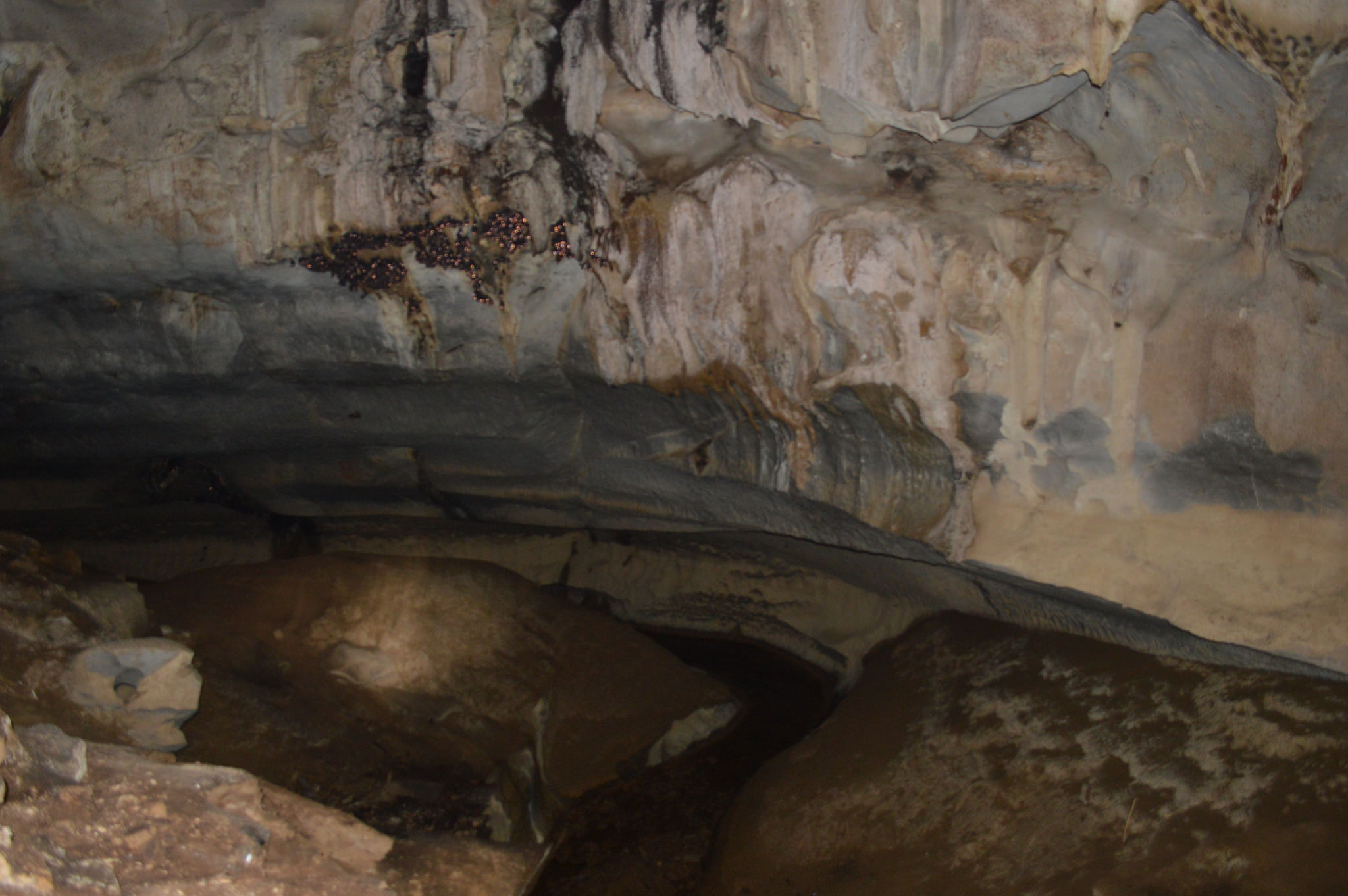
The Wind Cave Nature Reserve spans about 6 hectares and has been gazetted as a nature reserve to protect the cave itself, called the Wind Cave, and some rare species flora found in the surrounding forest, including the arenga pinnata, and the calamus ornatus. Unlike the rough Fairy Cave, the Wind Cave is a tubular, smooth limestone cave and it was formed roughly 60 million years ago during the Jurassic-Cretaceous period,the age of dinosaurs.
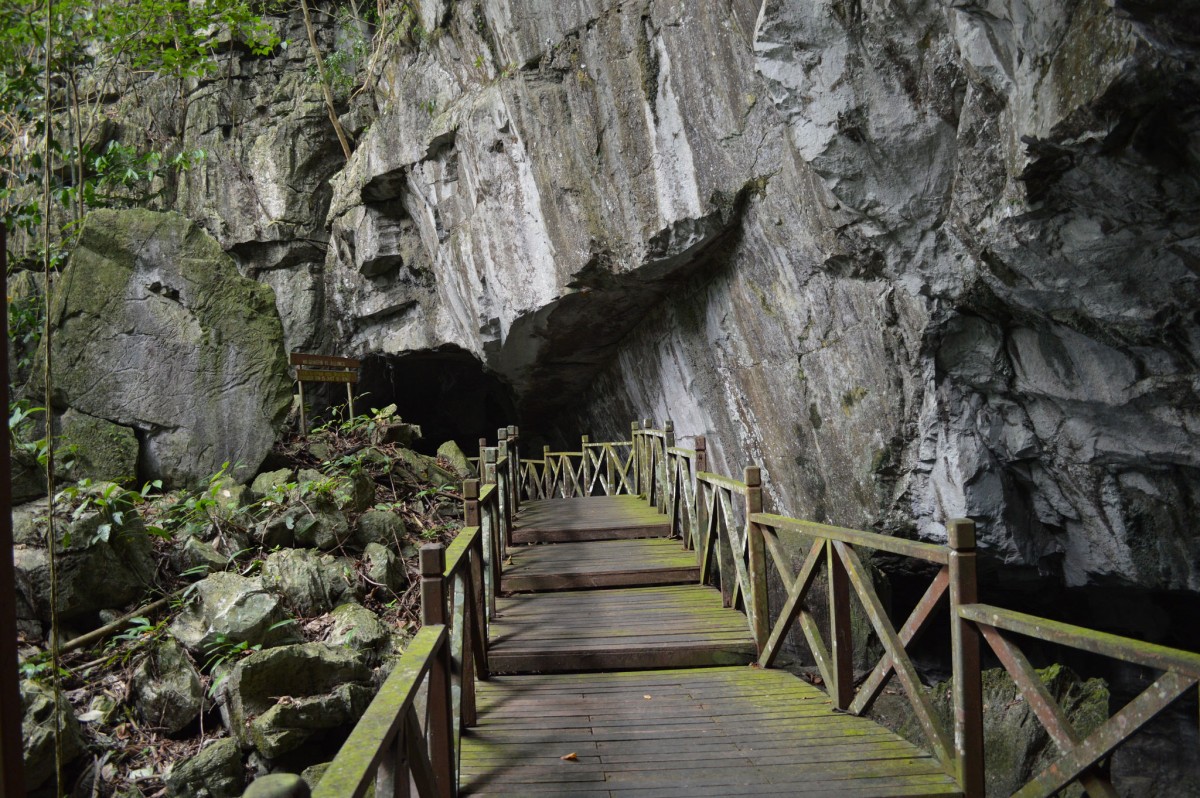
There’s a small stream that flows through the cave which joins the Sungai Sarawak Kanan on the northern end and the main cave passageway is equipped with a one kilometre plank walk for easy exploration.One creature to look out for in the cave is, of course, bats; specifically Dusky Fruit Bats and a number of insect-eating species. Also, you’ll be able to see stalactite and stalagmites that are millions of years old and possibly even swiftlets that like to nest in the cave
Enjoy the view at Tasik Biru
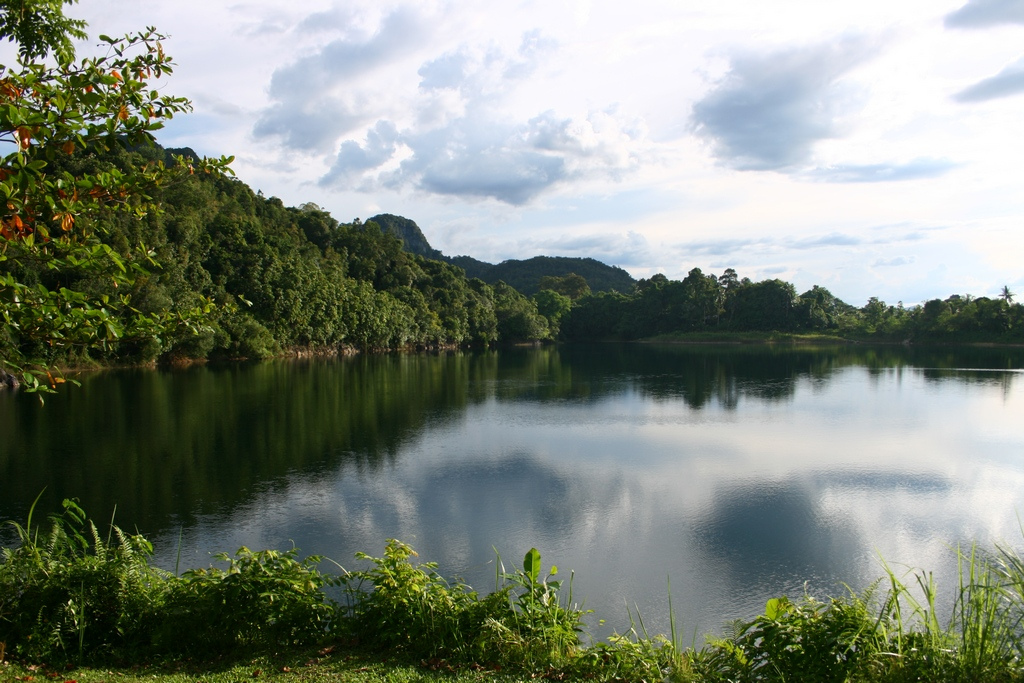
Tasik Biru translates to Blue Lake, and it was previously known as Tai Parit Lake. This man-made lake is a result of gold mining back when Bau was a booming gold mining town and it was names Blue Lake because of the way the water reflects the sky. Beautiful though the lake is, a sign was put up to warn visitors not to swim in the lake, or fish or even drink the water as as it contains high levels of arsenic, probably due to long periods of mining which exposed naturally occurring arsenic compounds.
Even so, back in the 1950s there was an annual sail-boat competition held on the lake called the Bau Jong Regatta. Now, the competition is part of a bigger annual celebration, the Tasik Biru Festival usually held in October, which include other water sport activities organised by the Bau Distrit Council.
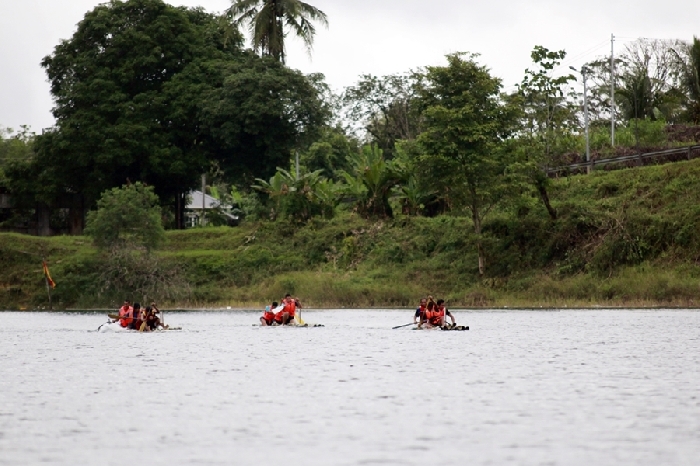
Although the arsenic level of the lake still leaves the water unsafe for consumption, the Bau District Officer was assured by the National Resources and Environment Board (NREB) that it is safe to hold water sport activities on the lake. So, you might want to plan your trip with the festival in mind.
Climb up Mount Singai to the Catholic Memorial and Pilgrimage Centre
For something brighter than caves and less poisonous than arsenic, you could take a little trip to a church on a hill. In 1885, Fr. Felix Westerwoudt started a missionary church in a longhouse atop Mount Singai and over the years, this church has become a significant part of the community there.
Here’s a short video by James Lo of journey up Mount Singai:
In 1981, another priest, Fr. Sepp Schrader initiated the rebuilding of the church to include a new longhouse and chapel which was completed in 1987. Ever since it was rebuilt, the church has attracted visitors, both religious and non-religious from around the country and it has since expanded to include accommodations and other facilities – all built voluntarily by the community.
Even if you’re not religious, the hike up to this church is worth the time and effort. The compound is surrounded with greenery and fresh air, and you’ll be able to see fruit trees, wild ferns, wild flowers and an incredible view from the top of Mount Singai.
Take the Bau history trail
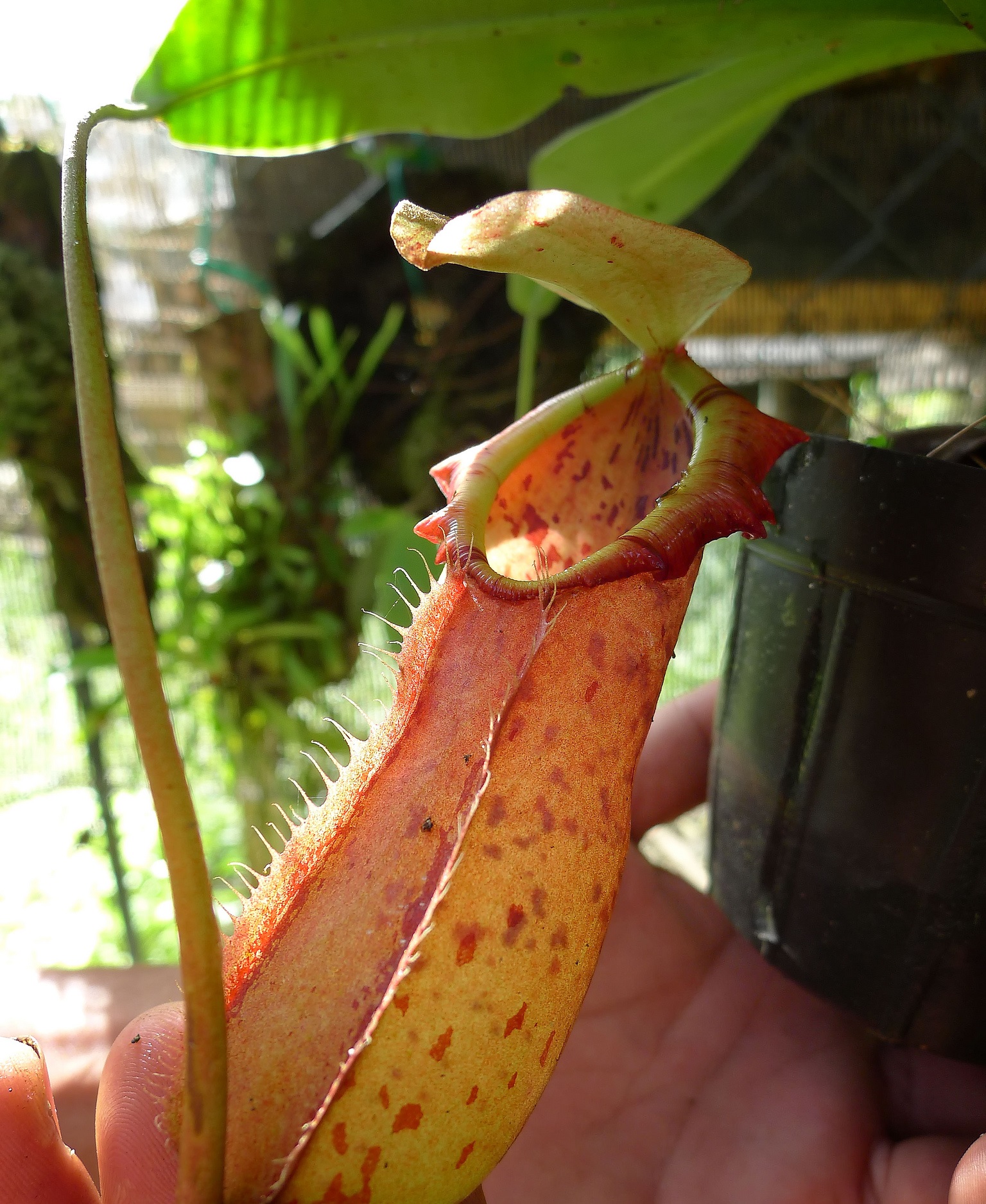
If you’d prefer a more relaxed and less taxing tour of Bau, you can consider taking the Bau History Trail organised by Kuching Off Road.
The history trail takes you through Bau town, stopping at all the interesting sites, including gold mines, ancient volcanoes, a Bidayuh village, the Wind Cave, fossil beds, and if you’re interested, a visit to a colony of pitcher plants native to the Bau region – all this in a comfortable four wheel drive.
This history trail is probably the best one-day tour option if you’re looking to explore the essence of Bau efficiently and with the least amount of walking.
Visit the Serikin weekend border market
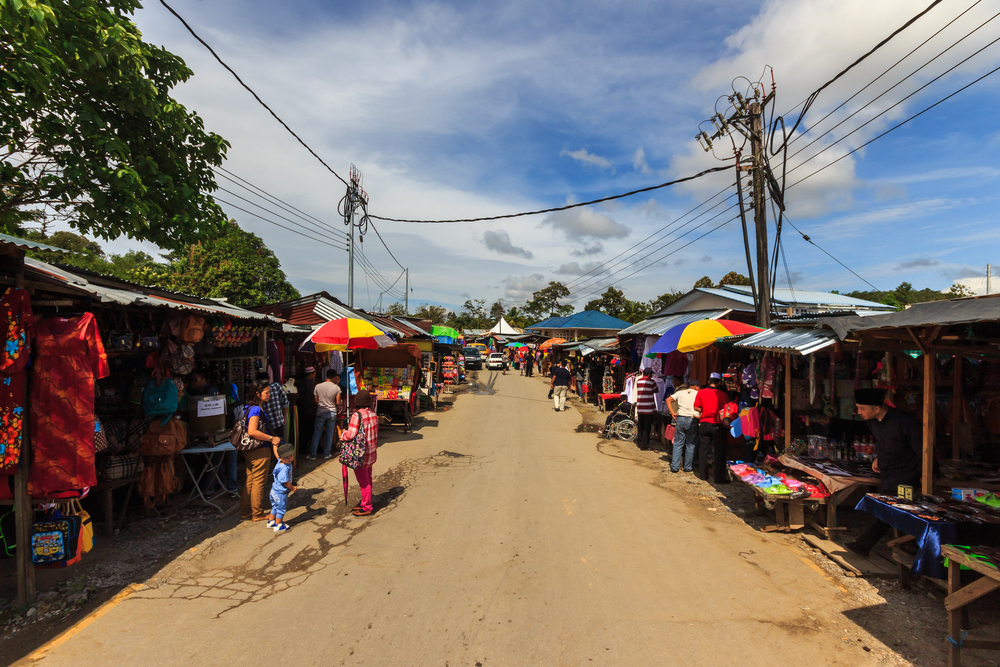
A little further out to the edge of Bau is the Serikin market, which is only 3 kilometres from the Malaysia-Indonesia border. The market is only open on weekend and is quite popular among the locals – both Malaysian and Indonesian.
You can find myriad stalls here selling numerous things from local keropok (chips) to hand-made crafts like batik and woven mats; ornamental plants like wild orchids to dried and fresh food stuff. Items here are cheap and haggling may not be necessary but if you’re looking for a good place to practice your bargaining skills, this is it.
Kayak along Sungai Sarawak Kanan
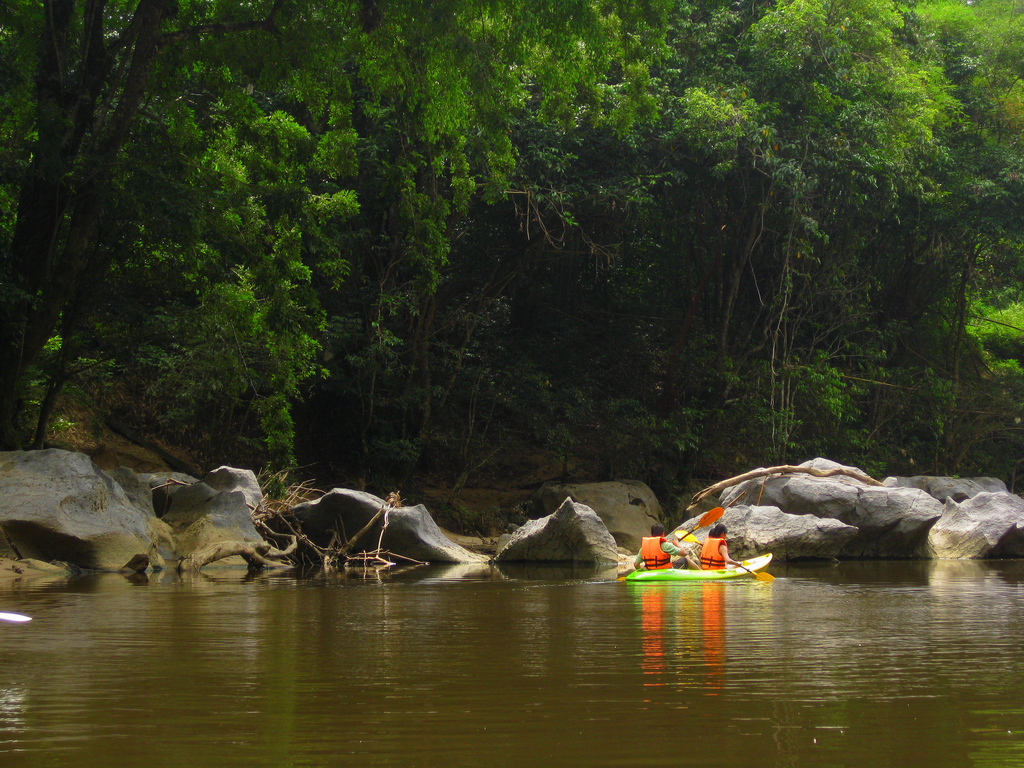
One of the river that runs through Bau is Sungai Sarawak Kanan which translates to the Right Sarawak River. Basically, the main Sarawak river diverges just outside Bau and the separated streams which flow through Bau are simply referred to as the Left and Right Sarawak River.
For some adrenalin-pumping fun, you can book a kayaking trip that starts at a small village in Bau called Krokong and ends at the Wind Cave. Along the route, you’ll encounter some exciting rapids and limestone hills. As part of the package by kuchingkayak.com, you’ll even get to rest at a beach along the way and take a dip in the refreshing mountain stream.
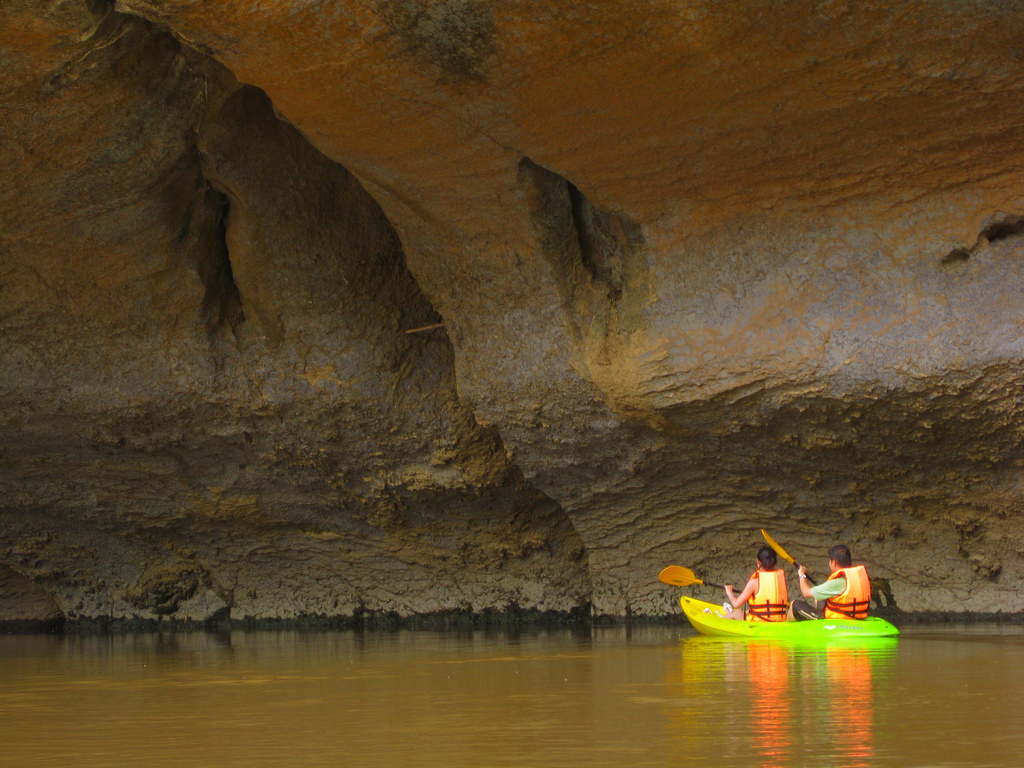
The tour company is based in Kuching though, which means the package includes transportation from Kuching to Bau and back. So, you might have to negotiate a special package if you’d rather just start and end the tour in Bau.
Fun fact: National diver Pandalela Rinong is from Kupuo Jugan in Bau.
Map of Bau
Do you know of any unsung heroes or little-known Malaysian towns and want to see them mentioned here? Let us know in the comments below!
Follow us on Facebook or register for our weekly e-newsletter to keep updated.
"ExpatGo welcomes and encourages comments, input, and divergent opinions. However, we kindly request that you use suitable language in your comments, and refrain from any sort of personal attack, hate speech, or disparaging rhetoric. Comments not in line with this are subject to removal from the site. "










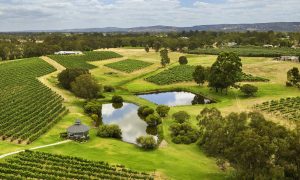

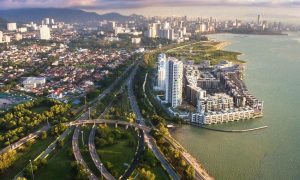



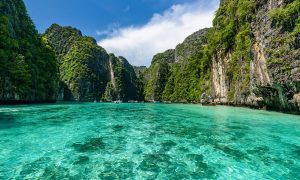





I’ve heard this place is pretty smelly Ang Sly Cole Jones
Victoria Sofia see i told you my place is something ~
Tour info are bit outdated
Thanks for the comment. Which bit of tour info is out of date?
Kuching rohit
Rosebibi Bibi